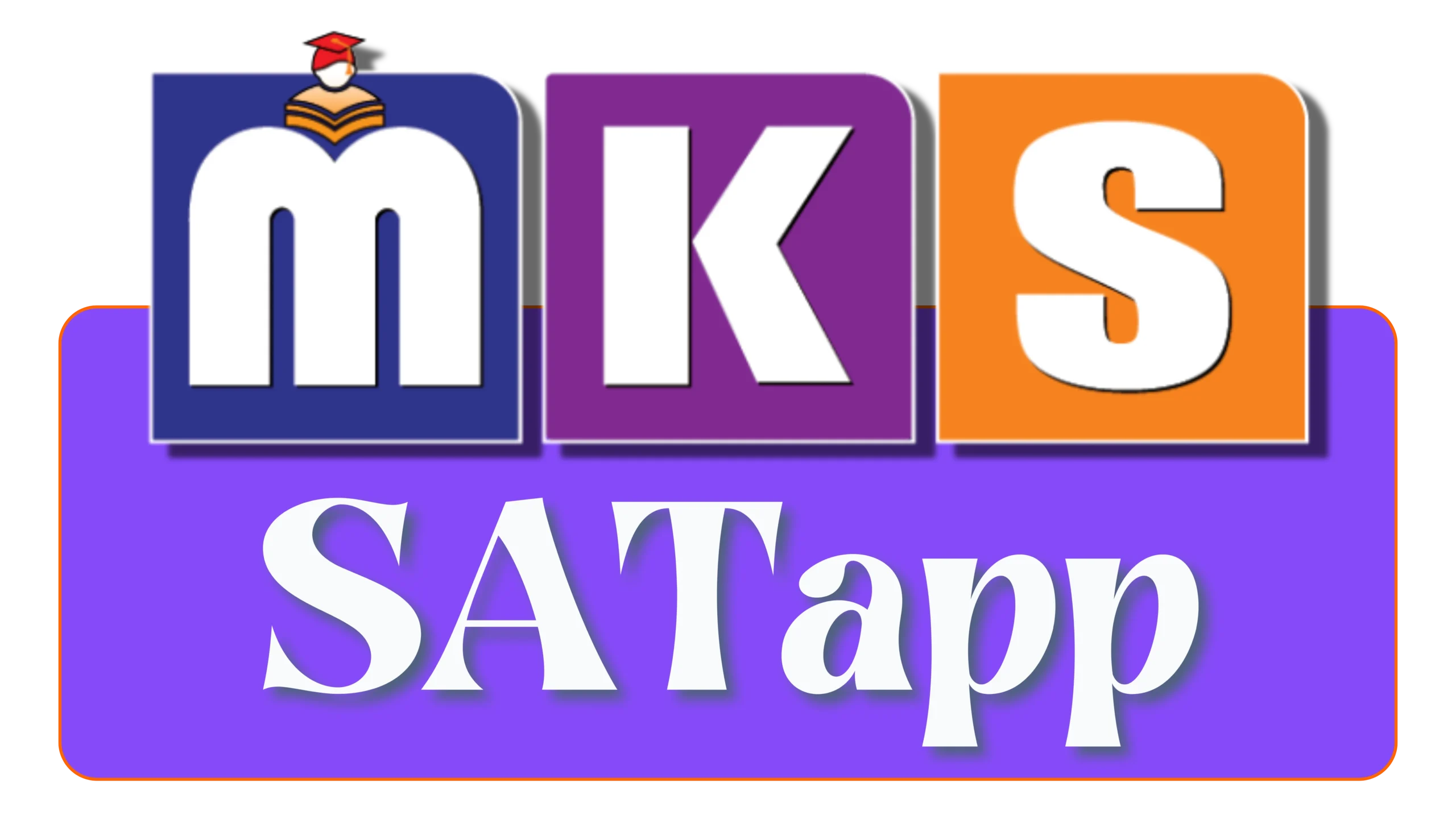Digital SAT Reading and Writing: Mastering Expression of Ideas
The Expression of Ideas section of the Digital SAT Reading and Writing (R&W) test evaluates a student’s ability to analyze and improve the organization, clarity, and effectiveness of written content. This component challenges test-takers to think critically about how ideas are presented in a passage and how they can be enhanced for greater impact.
Here’s a comprehensive guide to understanding and mastering Expression of Ideas questions.
What Are Expression of Ideas Questions?
Expression of Ideas questions focus on:
- Improving organization: Ensuring that ideas are logically and cohesively arranged.
- Enhancing clarity: Refining word choice, sentence structure, and transitions to improve readability.
- Optimizing style and tone: Ensuring consistency with the passage’s purpose and audience.
These questions require you to take on the role of an editor, identifying and implementing the best revisions to improve a piece of writing.
Types of Expression of Ideas Questions
Expression of Ideas questions can be grouped into three main categories:
1. Development
- Purpose: Evaluate whether the text effectively supports its main ideas.
- Example: “Which sentence best completes the paragraph by providing relevant evidence?”
- Tip: Focus on ensuring that supporting details align with the topic or argument.
2. Organization
- Purpose: Analyze and improve the arrangement of sentences or paragraphs.
- Example: “Where should sentence 4 be placed to improve the logical flow of the paragraph?”
- Tip: Identify how ideas are connected and rearrange them for clarity and coherence.
3. Effective Language Use
- Purpose: Refine word choice, eliminate redundancy, and adjust tone.
- Example: “Which revision best improves the sentence while maintaining the intended meaning?”
- Tip: Prioritize concise and precise wording that matches the passage’s tone.
Strategies to Master Expression of Ideas
1. Understand the Passage’s Purpose
- Determine the author’s goal and the intended audience. This will guide your decisions on clarity, tone, and organization.
2. Look for Logical Progression
- Pay attention to how ideas transition from one sentence or paragraph to the next.
- Use keywords such as “however,” “therefore,” or “for example” to identify relationships between ideas.
3. Focus on Clarity and Conciseness
- Avoid redundancy and overly complex phrasing.
- Replace vague or overly formal expressions with direct, clear alternatives.
4. Practice Identifying Errors
- Review sample texts to practice spotting issues with organization, tone, and clarity.
5. Use Process of Elimination
- Narrow down answer choices by removing those that introduce errors, awkward phrasing, or inconsistencies.
Common Pitfalls to Avoid
- Overlooking the Author’s Intent
- Changes must align with the original tone and purpose of the passage.
- Ignoring Context
- Evaluate the entire paragraph or passage, not just the immediate sentence, to make informed revisions.
- Choosing Length Over Clarity
- Avoid answers that unnecessarily complicate or lengthen the sentence without adding value.
Preparing for Expression of Ideas Questions
1. Read and Revise Regularly
- Practice editing your own writing or reviewing sample passages to refine your editing skills.
2. Learn Grammar and Style Rules
- Familiarize yourself with common style guidelines and best practices for clarity and organization.
3. Practice with Official SAT Materials
- Engage with official Digital SAT practice tests to understand question formats and difficulty levels.
4. Engage in Critical Reading
- Analyze professional writing for examples of clear organization, tone, and language use.
Why Expression of Ideas Matters
This section isn’t just about scoring well on the SAT—it’s about developing skills that are invaluable in academic, professional, and personal communication:
- Clarity: Being able to express ideas clearly and concisely.
- Critical Thinking: Analyzing and improving arguments and presentations.
- Adaptability: Tailoring writing to suit different purposes and audiences.
Mastering Expression of Ideas questions equips you with the ability to craft effective and impactful written communication, a skill that is beneficial far beyond the test itself.

